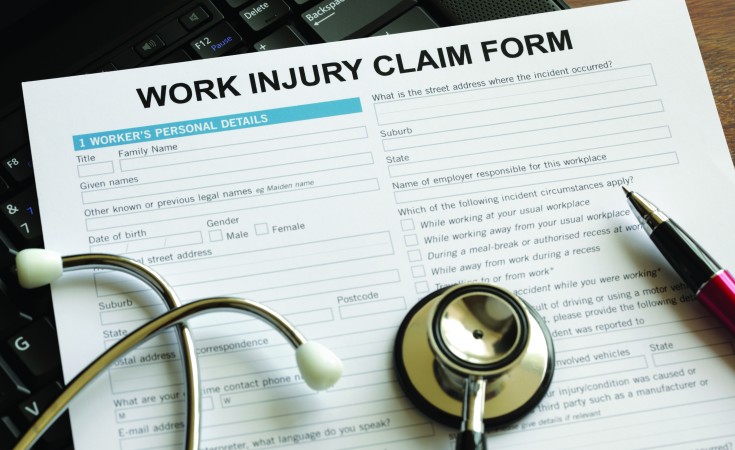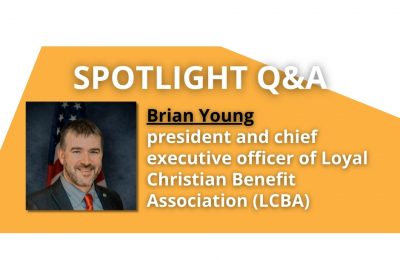John Draskovic is a senior partner with the law firm of MacDonald Illig Jones & Britton LLP, a member of the firm’s Litigation and Labor Departments, and chairman of the firm’s Workers’ Compensation Group. He practices exclusively in the areas of civil litigation and workers’ compensation.
As an employer, are you doing all you can to protect your company from the impact of workers’ compensation claims? Injuries will happen, but here are some of common issues to consider when managing employees after a work injury.
Disciplining or Discharging an Employee from a Modified Duty Job
An employee who has established entitlement to partial disability benefits from a work injury will generally continue to receive partial disability benefits by virtue of his loss in earning capacity, even though he was subsequently discharged for willful misconduct, because the loss in earning capacity or partial disability continues.
Whether the same employee may receive total disability benefits depends upon whether the employer can demonstrate that suitable work was available or would have been available but for the discharge of the claimant due to the claimant’s lack of good faith.
Where the employer alleges that the employee’s loss of earnings is the result of a post-injury involuntary discharge, the employer bears the burden of establishing the employee’s bad faith conduct and ongoing work availability.
When an employee who has returned to light-duty work is discharged for misconduct predating the work injury and the payment of benefits, the employer generally is not relieved of its burden to show work availability. Instead, the employee’s loss of earnings is deemed to have resulted from disability due to the work injury, and the employer has the burden to show the availability of work within the employee’s physical limitations. Conversely, when the misconduct occurs after the work injury, or when the employer learns of the misconduct only after the work injury and immediately discharges the employee, the employee has the burden to prove a compensable injury and that the injury continues to cause disability throughout the pendency of the claim petition proceedings.
Examples of post-injury conduct resulting in a denial of benefits include:
- Failure of employee to obtain mandated occupational certification;
- Employee fired for mishandling funds;
- Employee fired for poor, unproductive attitude;
- Employee fired for inability to obtain CDL;
- Employee discharged for reporting to work under the influence of alcohol;
- Employee fired after criminal conviction.
Retiring While Receiving Workers’ Compensation Benefits
An employer is not required to show the availability of suitable work if the employer proves by a totality of the circumstances that the employee has voluntarily removed herself from the workforce.
An employer may meet its initial burden of proving a voluntary retirement by showing: 1) there is no dispute that the employee is retired; 2) the employee has accepted a retirement pension; or 3) the employee has accepted a disability pension and refused suitable employment that falls within her restrictions. There is no presumption that an employee collecting a disability pension has withdrawn from the workforce, rather it is the employer’s burden to prove that the employee on a disability pension intends not to return to work.
If this initial burden is met, then the burden shifts to the claimant to establish that: 1) the employee is seeking employment after retirement; or 2) the employee was forced into retirement because of the work injury.
If the employee can establish retirement is causally related to the work injury, benefits will continue.
For more information, contact John Draskovic at jdraskovic@mijb.com or 814/870-7653.













